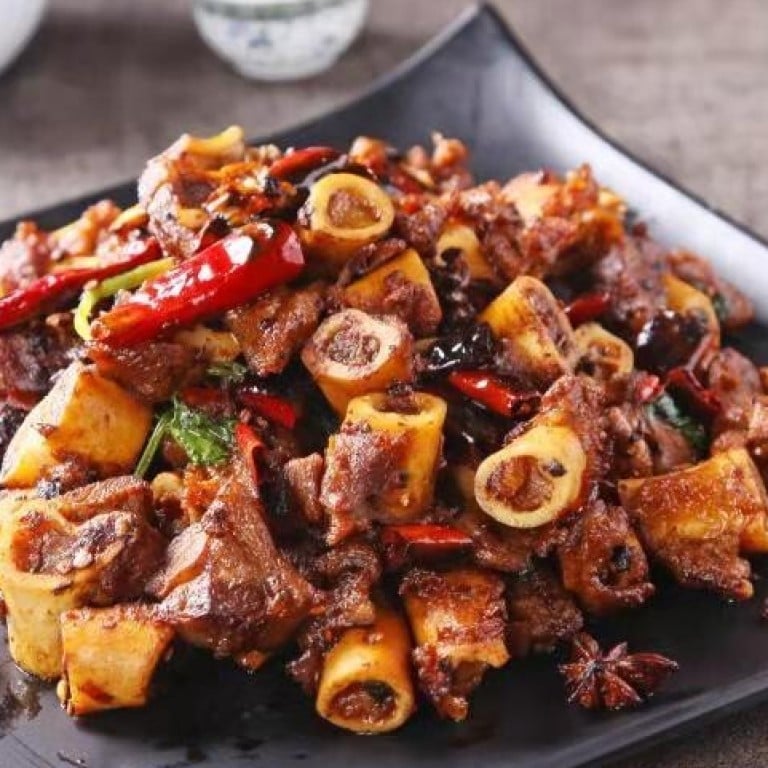
How Chinese people eat lamb, from hotpot in the north to a big stir fry in the south
- As lamb eating has spread from the north of China to all over the country, new cooking methods have evolved to accommodate local tastes and customs
- In the north, lamb connoisseurs prefer to let the flavour of the meat shine through. Southerners use lots of condiments to prepare it, as they find it too gamy
Sheep herding is a staple industry in the other top three regions (Inner Mongolia, Qinghai and Tibet), which are known for their nomadic pastures.
Of the four regions, Inner Mongolia produces the most lamb and mutton, accounting for 93 tonnes – or 21 per cent – of annual sheep meat production in China. With the country’s sheep-rearing industry concentrated in the north, it’s no surprise that northern lamb cuisine is considered superior to that found in the south.
Beijing-based food critic Ding Quan says southerners like to use many condiments to prepare lamb, as they find its gamy taste hard to stomach.
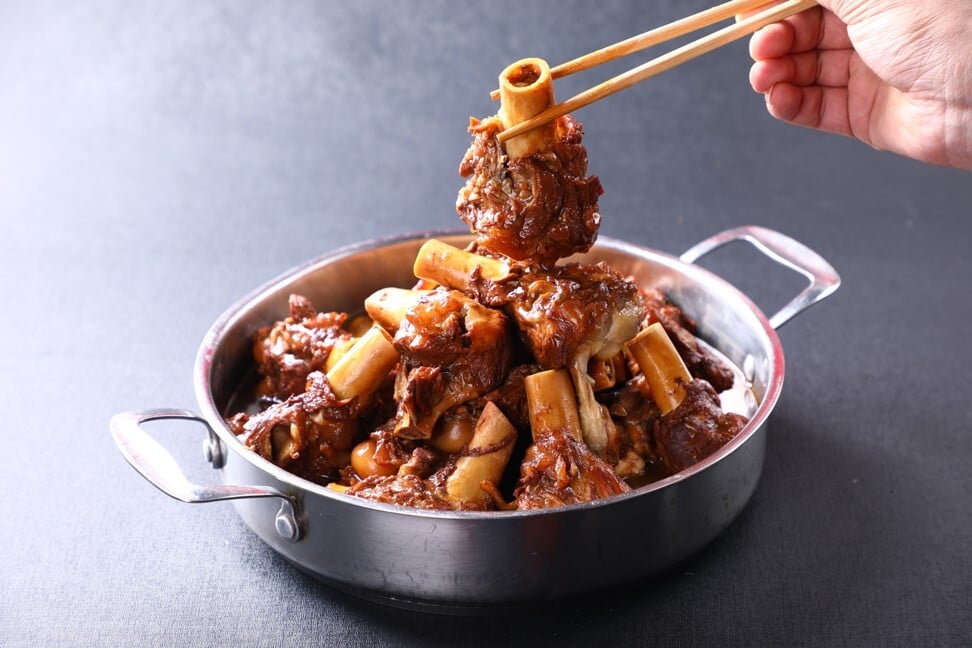
“Northerners think southern cuisine, such as braised lamb in brown sauce cooked with radish, soy sauce, red dates, rock sugar and ginger, [is] a joke, as they think all the condiments eclipse the taste of lamb.”
Four favourite Hong Kong winter dishes and secrets behind them
“Trademark northern lamb cuisine includes pita bread soaked in lamb soup, lamb hotpot and roasted whole sheep, while those from the south include lamb, bean curd sheets and radish stew, and lamb, turnip and Chinese water chestnut pot,” Ding says.
Eeerdun Traditional Shabu, set up in Inner Mongolia in 1996, is famous for its lamb hotpot and has more than 50 branches across China. The chain’s sheep comes from the pastures of Xilingol League, and its founder explained that their copper hotpot dish uses very few condiments.
“Our trademark dish of copper hotpot soup is [made with] pure water. The lamb must be top quality. Low-quality lamb comes with a strong gamy taste.

“Xilingol League is the best sheep- and cattle-producing region [in the world]. The local nomads are down-to-earth, [and they] give natural fodder and Chinese medicine herbs to the sheep roaming free on the pastures. They run all day, looking for pristine waters,” he said in a 2018 interview.
The meat for Eeerdun’s copper hotpot comes from Ujimqin sheep, a breed which has more vertebrae and ribs than other breeds. For roasted lamb, Eeerdun uses Gobi sheep for their low, even distribution of fat.
“Besides the restaurant chains, we also have specialist retail shops selling [uncooked] lamb. To ensure a stable supply of quality meat, over 3,000 nomadic families supply 300,000 sheep to us [every year],’ the chain’s founder said.
“We have built factories in Abag Banner county and Xilinhot city in Inner Mongolia to process the meat. Such a model ensures lamb comes directly from the pastures to dining tables.”
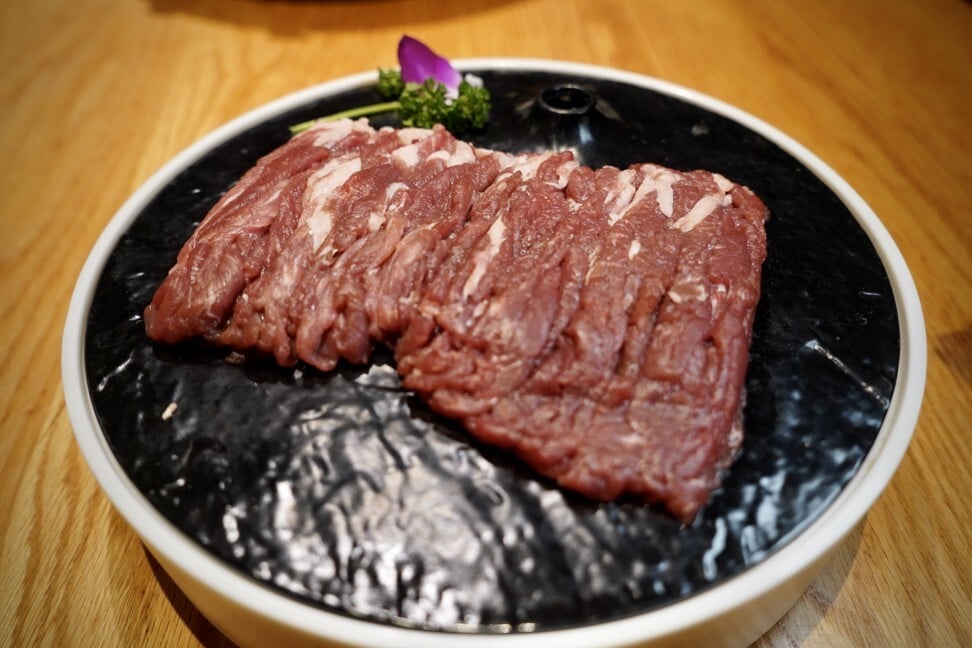
At specialist lamb and mutton restaurant Guqi Catering Management Group, which began in 2016 and operates more than 50 restaurants across China, including in Beijing and Shenzhen, the meat comes from Australia and New Zealand. Manager Yu Qiang says their trademark dish is “sheep stick bones pot” with soup made from hours of boiling more than 10 types of herbs.
“Sheep stick bones are leg bones with 30 per cent lamb meat, which is tender and tastes soft and glutinous after cooked. The bones also come with oodles of bone marrow [which diners have to suck out through straws].”
Guqi uses Australia and New Zealand herders as suppliers, as their pastures are pollution-free. “Unlike lamb from other areas, our lamb doesn’t come with a strong gamy or charcoal taste.”
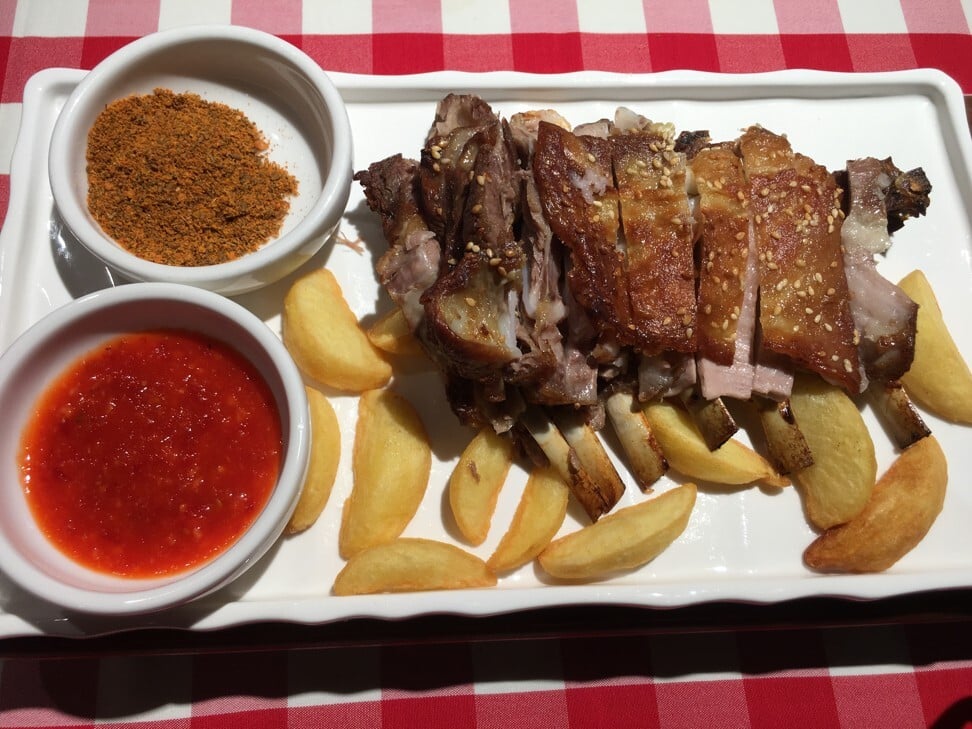
As the eating of lamb spread from the north of China to the rest of the country, new cooking methods evolved to accommodate local tastes and customs. In Xuzhou, in northwestern Jiangsu province, a lamb eating festival is held every July. Locals believe that eating lamb and mutton, with spicy oil, garlic, spring onions, rice vinegar and parsley, can boost sweating and toxin removal in the summer. Dishes include lamb soup and fish wrapped in mutton.
For the dish of fish wrapped in mutton, lamb brisket is cut into squares and marinated Chinese perch fillets are placed in the meat. The sealed mutton squares are stewed until the mutton completely mixes with the fish.
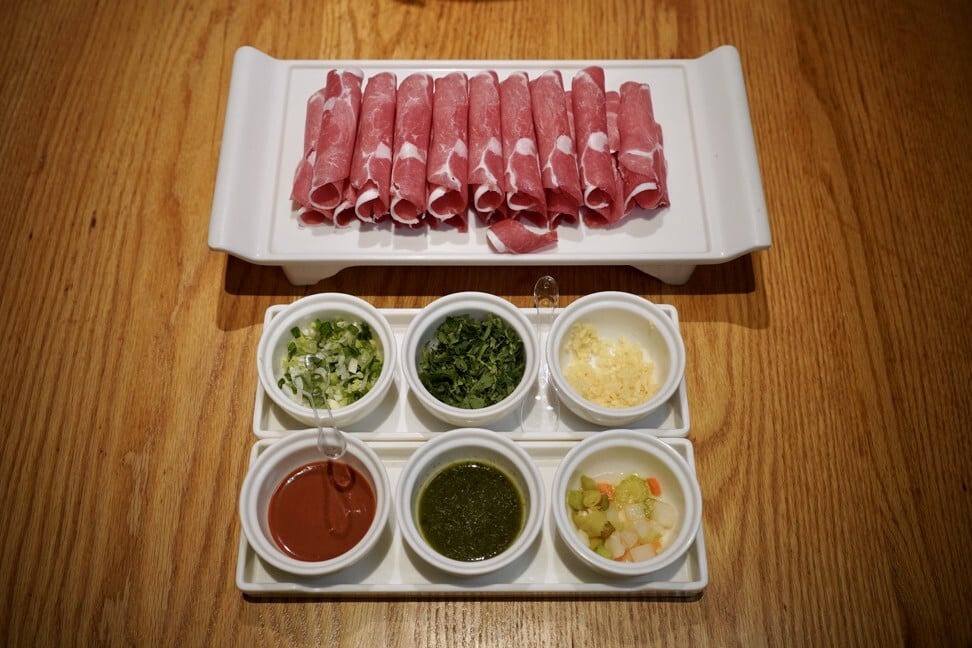
While seafood, poultry, beef and pork remain the staple meats in the diets of people in coastal provinces in southern China, Ding says lamb is gaining popularity.
“They treasure every part of the meat. While the gamy mutton soup cannot be found in the south, southerners like to stir-fry parts including belly and internal organs like the heart, lungs and liver with onions, garlic, chilli and ginger.
“In Hangzhou (in eastern China), after the meat is removed from a goat, there’s the tradition of putting all the remaining parts, including internal organs, blood, the head and legs into a big pot for stewing for a whole-goat feast.”

